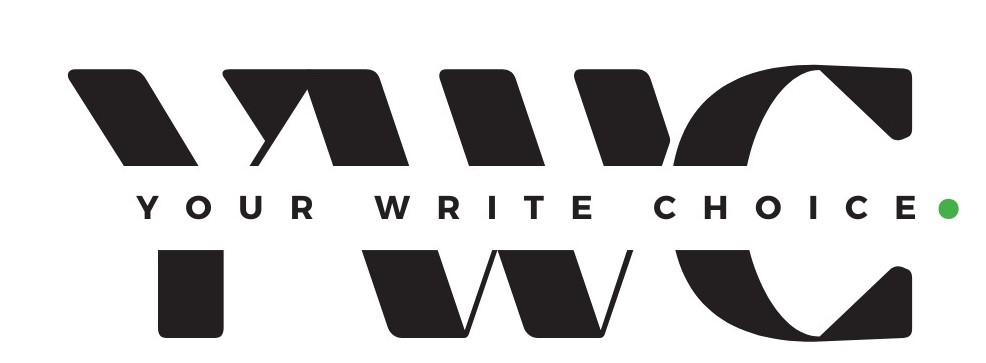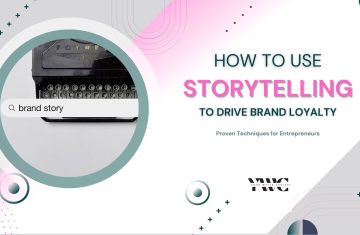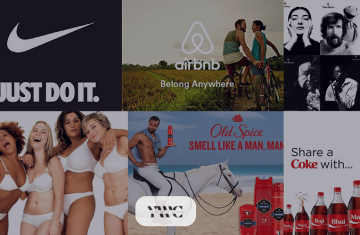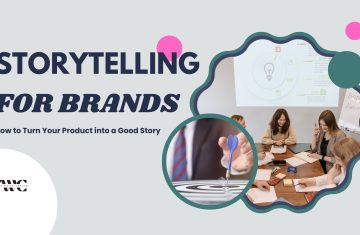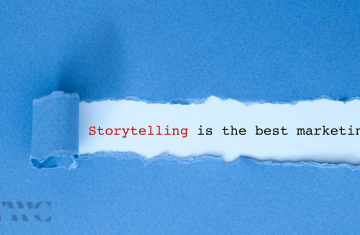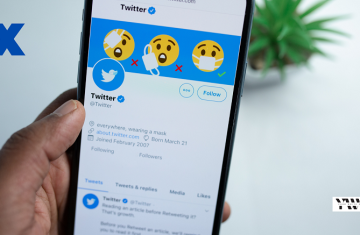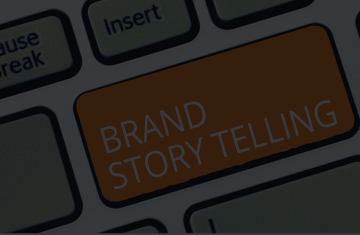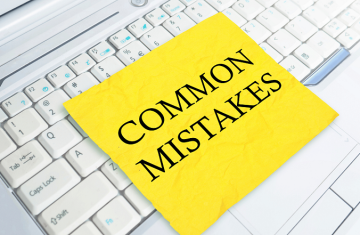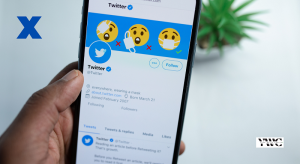In the world of marketing as we know it, one thing has become crystal clear: storytelling isn’t just a tool—it’s the secret sauce that makes brands unforgettable.
Imagine you’re scrolling through your favorite social media feed, and suddenly, a story pops up that grabs your heart and doesn’t let go. That’s the magic of a well-told marketing story. It’s not just about selling a product; it’s about creating a bond, a connection that lingers long after the screen goes dark.
A study by Stanford University found that people are 22 times more likely to remember a fact when it has been wrapped in a story. This is applicable to storytelling in marketing.
Take Coca-Cola’s “Share a Coke” campaign as an example. Remember those bottles with names on them? It wasn’t a gimmick, it was a brilliant story that invited people to share moments, memories, and even a bit of joy. And guess what? It worked wonders. After years of declining sales, this campaign led to a 2% increase in U.S. sales. Coca-Cola didn’t just sell soda—they sold a story, and people couldn’t resist being part of it.
The “Share A Coke” campaign demonstrated how storytelling in marketing can change the tide for any brand – whether big or small.
But what lies ahead? What is the future of storytelling in marketing? Let’s find out.
Storytelling in Marketing Trends
Interactive Storytelling
Immersive Experiences: VR/AR, 360-degree videos, and Gamification
Technologies like Virtual Reality (VR) and Augmented Reality (AR) are ushering in a new era of storytelling, where audiences can literally walk in the shoes of characters, explore fantasy worlds, and experience events as if they were truly there. It’s like test-driving a car without leaving your living room or embarking on a virtual tour of a far-off destination. Similarly, 360-degree videos allow viewers to explore scenes from multiple angles, enhancing engagement. The possibilities are endless, and the potential for engagement is immense.
Allowing Audiences to Shape the Narrative
Interactive storytelling is also gaining traction with formats that let audiences influence the storyline. Netflix’s “Black Mirror: Bandersnatch” is a prime example, where viewers make decisions that affect the plot’s outcome. This approach not only increases engagement but also provides a unique viewing each time. It’s a masterstroke in storytelling.
Involving Customers in the Storytelling Process
Brands are increasingly involving customers experience in the storytelling process. For example, LEGO encourages fans to submit their own designs, some of which are turned into official LEGO sets. This co-creation fosters a deeper connection between the brand and its audience.
Personalized Narratives
Leveraging Customer Data to Create Tailored Stories
Personalization is key in modern storytelling. Brands leverage customer data to create stories that resonate on a personal level. Spotify’s “Wrapped” campaign is a perfect example, where users receive a personalized summary of their listening habits. This not only engages users but also encourages them to share their stories on social media.
Using AI to Generate Unique Narratives at Scale
Artificial Intelligence (AI) is enabling the creation of personalized narratives at scale. Tools like OpenAI’s GPT-4 can generate unique content based on user inputs, making it possible to tailor stories to individual preferences. This technology is being used in various fields, from marketing to education.
You May Also Like:
How to Use Storytelling in Marketing to Close Sales
How to Measure the Impact of Storytelling in Marketing
Top 10 Brands That Have Mastered Storytelling in Marketing
7 Common Storytelling in Marketing Mistakes and How to Avoid Them
Micro-Moments & Snackable Content
Catering to the Decreasing Attention Spans of Consumers
Attention spans are globally dwindling. According to a study, the average human attention span has dropped to just 8 seconds. Hence, micro-moments and snackable content are becoming essential. These are brief, engaging pieces of content designed to capture attention quickly. Brands like TikTok and Instagram Reels are capitalizing on this trend by offering short, impactful videos.
Telling Complete Stories in Concise Formats
Micro-narratives are short, impactful stories that convey a complete message in a concise format. These are particularly effective in advertising, where brands need to capture attention quickly. A notable example is Dove’s “Real Beauty Sketches” campaign, which used short videos to convey powerful messages about self-esteem.
Conclusion
The future of storytelling in marketing is full of possibilities. With technology evolving so quickly, from AI to virtual reality, the way we connect with audiences is transforming right before our eyes.
Your brand shouldn’t just sell a product, but invite the audience into a story that feels personal, almost as if it was crafted just for them. This is where we’re headed—toward marketing that is more interactive, more personalized, and definitely more impactful. The days of one-size-fits-all campaigns are behind us. Today, it’s about understanding who your audience is and speaking directly to them in a way that resonates deeply.
The brands that will truly stand out are the ones that understand this shift.
I’m Debbie, “Your Write Choice.” I offer content marketing and ghostwriting services that connects and converts, editing par excellence and peace of mind for my clients. Hire my services.
Download my free storytelling for sales workbook.
Enroll in my “Master Storytelling for Sales Course.”
